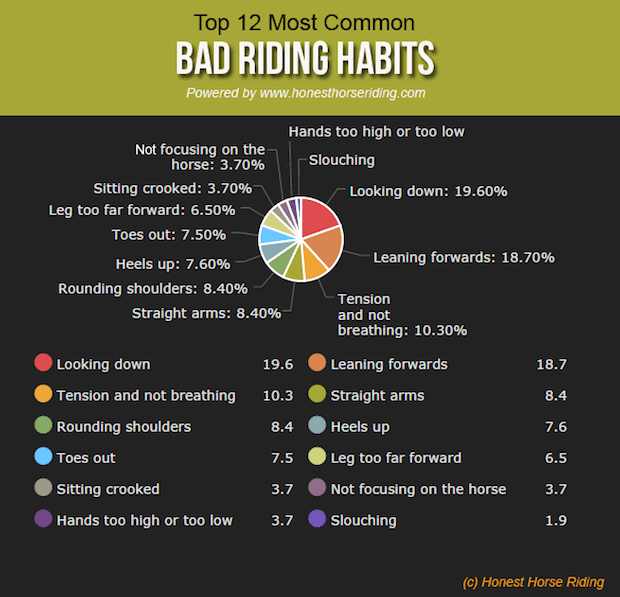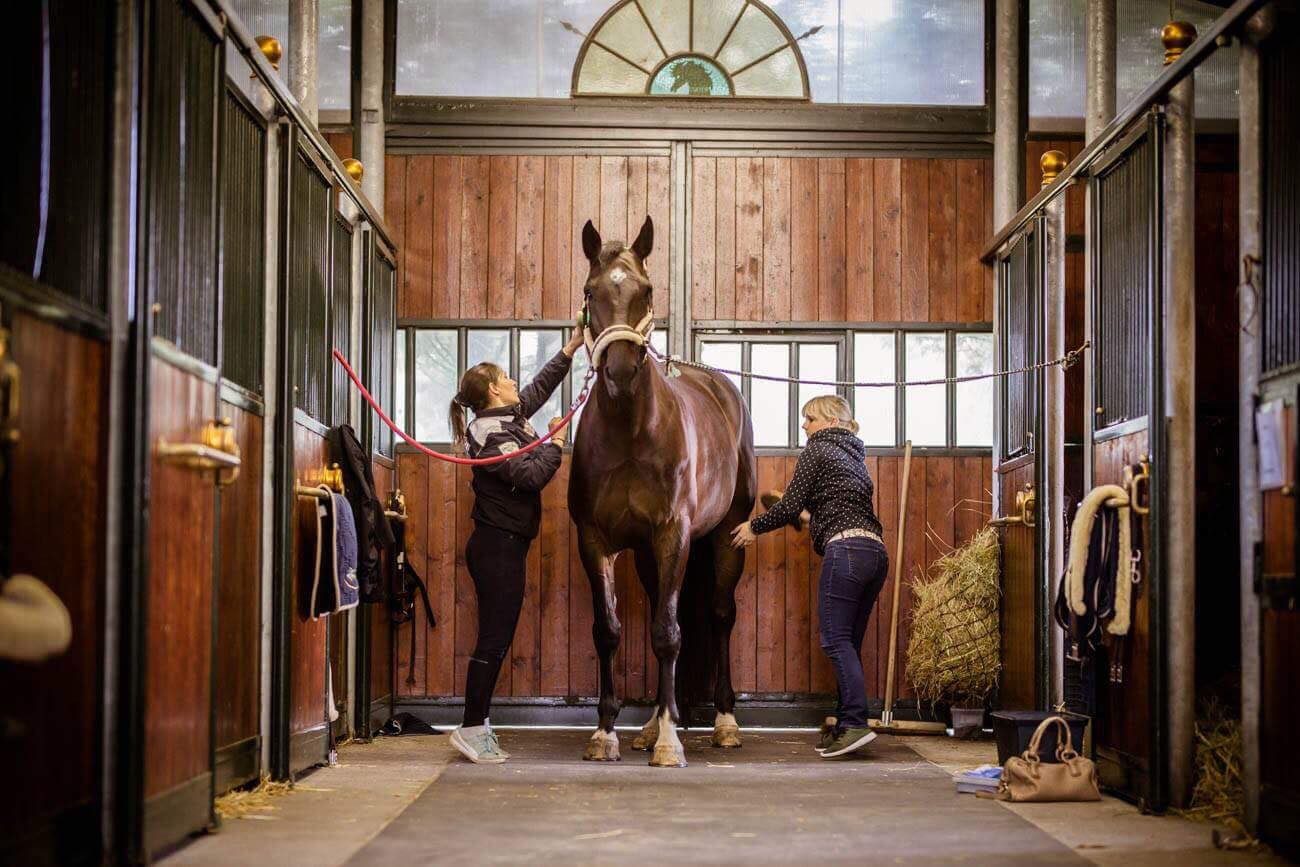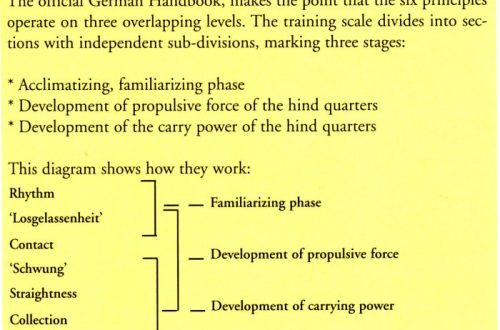
12 habits of a good rider

Photo: Longines Masters official Facebook page
Source: Eventingconnect.today
When equestrians think about “habits”, they usually think of bad habits like looking down while training. But there are many good habits that will help you become a professional. It does not take much time and effort to form them!
1) Daily put in order the ammunition. And the point here is not only in aesthetics, but also in economy, because ammunition, which is monitored, lasts much longer
2) Take care of the horse’s coat – clean, wash, wipe, use cosmetics and the result will not be long in coming – the coat will shine and shine
3) Walk the horse for at least 10 minutes before and after training. She is an athlete and it is important for her to properly stretch and prepare the muscles, joints and tendons for further work before the load.
4) Wash the pads. If it is unpleasant for you to take a saddle pad in your hands, you do not need to put it on the horse’s back. After all, it’s not hygienic
5) Be interested in your sport. Read prof. literature, articles, watch master classes. Set aside a couple of hours a week for this.
6) Always keep your horse’s feet clean and dry – the best way to deal with biting biting, frog rot, etc. Dry your feet with a towel or in a tanning bed after each wash
7) Clean up after your horse in the stable. Even if you need to clean up after another horse, and its owners consider themselves above this or are simply lazy. Inspire others to do the same
8) Vary your workouts. Exercise out of the saddle is beneficial and helps to strengthen the emotional bond between rider and horse.
9) Unhook the hooves before taking the horse out of the stall and after you have finished training. This will be a good prevention of many diseases. It also helps keep aisles clean.
10) Inspect levadas for hazards. Preferably at least once a week. Look for damaged guardrails and any objects that could cause injury
11) Pay close attention to the horse’s legs. This will help you notice the slightest changes. Many injuries of the tendons do not appear at the initial stage with lameness, only a slight edema and hyperthermia of the tissues. Recognizing soft tissue injuries early will give your horse a better chance of making a full recovery.
12) Make an equestrian calendar. Enter the schedule of training, competitions, vaccinations, shoeing, etc. in it. You will have time for everything on time and you will not need to keep a lot of things in memory





